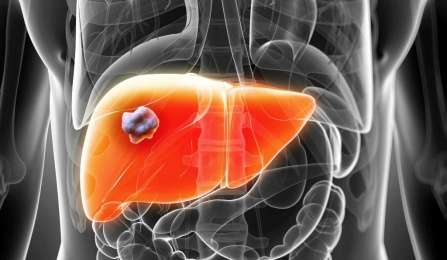Researchers developing a biomedical device that can find and destroy cancer cells

To examine internal organs, doctors often use a tube with light and a tiny camera attached to it. The device, called an endoscope, helps detect cancer and other illnesses.
It may soon serve another purpose: zapping tumors.
The biomedical advancement, which is under development at the University at Buffalo, could make chemotherapy more efficient, reduce its side effects and improve how doctors treat some of the most deadly forms of cancer.
"We are developing a novel endoscopic device that will improve our ability to detect and destroy cancer cells," says Ulas Sunar, PhD, a research assistant professor in UB's Department of Biomedical Engineering and the principal investigator of a National Institutes of Health grant that supports the research.
Conventional endoscopic imaging has limitations. Its image contrast is distorted because light scatters and is absorbed by the body. This leads to blurred or low-contrast images of the tumor environment that limit doctors' ability to visualize tumors.
To overcome these deficiencies, the new endoscope utilizes spatial frequency domain imaging. This new technique corrects the image contrast problem by projecting patterns of light at different frequencies on the cancer cells. This results in a high-contrast map of the tumor environment.
"We expect doctors in the operating room will greatly benefit from this device," Sunar says.
The next step is to zap the tumors.
Chemotherapy drugs will be delivered intravenously. But unlike conventional treatment, the drugs will be encapsulated in tiny liposomes called nanoballoons. This technology - under development by Jonathan Lovell, PhD, UB assistant professor of biomedical engineering - carries the drugs to the tumor while shielding them from healthy cells, thus reducing side effects. Upon reaching the cancer cells, doctors strike the nanoballons with the endoscopic light beam, causing them to pop open and release the drug directly at the tumor.
To effectively target the nanoballoons, doctors need to control the light beam. Sunar is developing a "digital mask" that adjusts the beam's intensity as well as manipulates its shape down to micron (one millionth of a meter) precision using a computer.
"The mask is sort of like the Bat signal from Batman movies. It alters the shape of the light," he says. "At the same time, we'll be able to control the strength of the light. The combination will allow us to manipulate the beam to target cancer cells with unprecedented accuracy."
The system could be especially useful for treating ovarian cancer that has spread to the abdomen, as well as cancer in the lungs, gastrointestinal tract, mouth and other internal organs, he said.



















